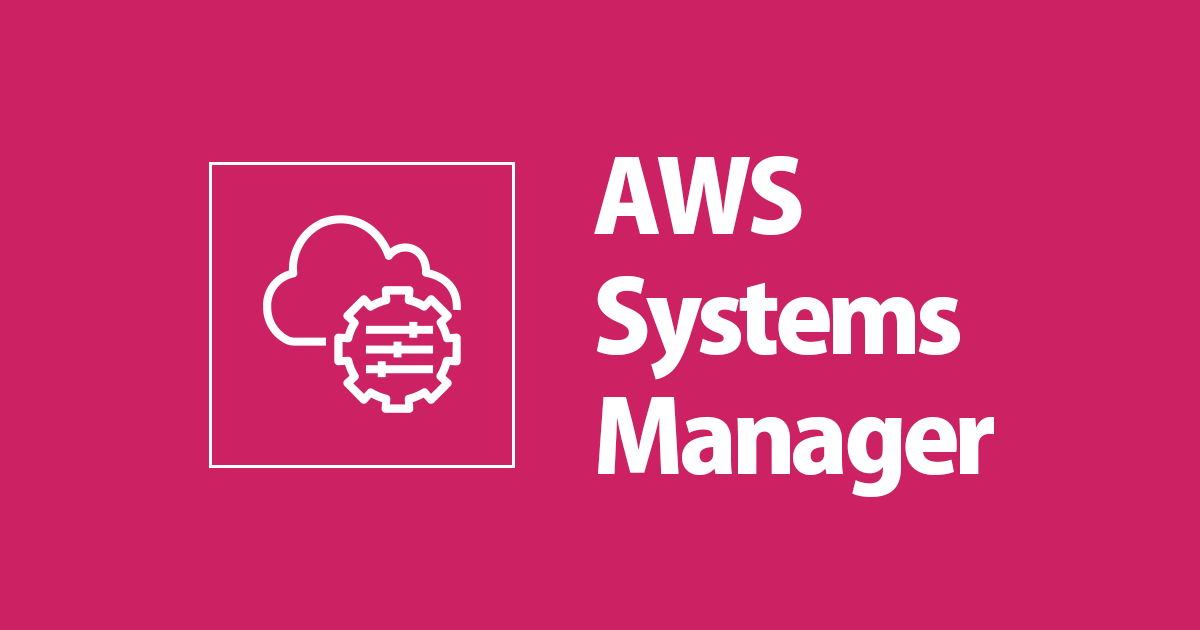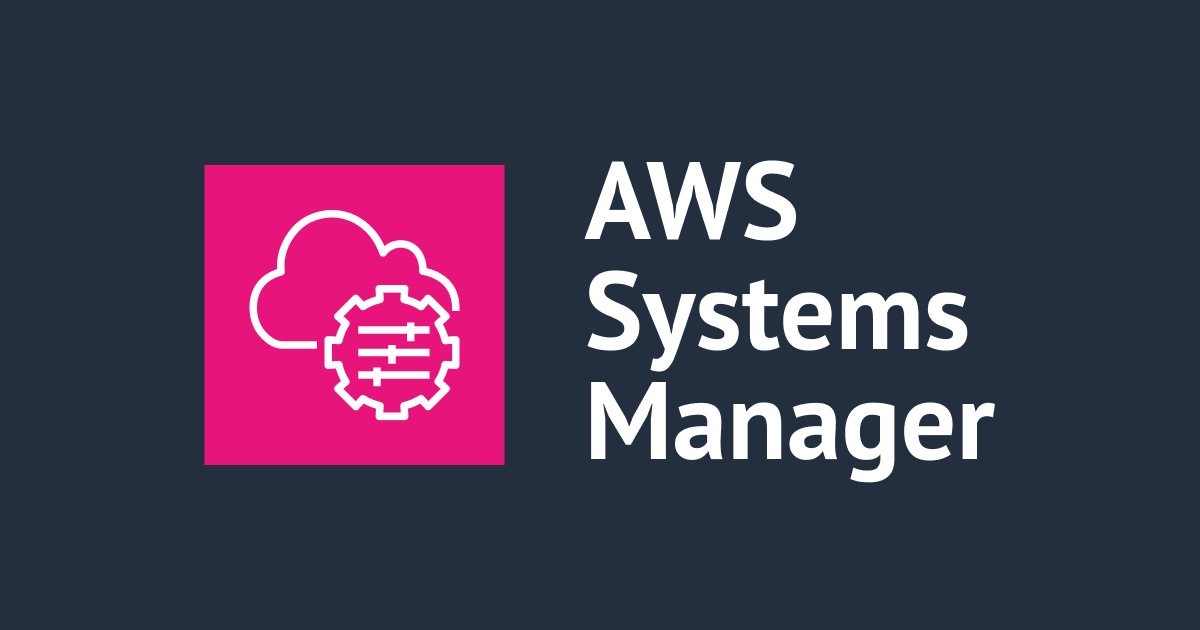
AWS Systems Manager Automation用のRun BookをCfnで作成 ~EC2とRedshiftをまとめて起動・停止~
データアナリティクス(DA)事業部コンサルティングチームのnkhrです。
DWHのPoC環境(EC2+Redshift)のインスタンスを、使わないときに止めておくためのAutomation実行用SSM Document (Runbook)を作成しました。Redshift単体の機能として、スケジュール起動、停止ができますが、今回は環境内のインスタンス部分(EC2+Redshift)をまとめて起動・停止できるようにしました。
本ブログでは、Run Book作成と、Run Bookの定期実行のCloudformation部分を共有します。サンプルは最後に添付しています。
作成したリソース
テンプレートでは、以下のリソースを作成します。
- Automation Run book実行用Role
- EC2&Redshiftをまとめて停止するRunBook
- EC2&Redshiftをまとめて起動するRunBook
- 指定時間に停止用Run Bookを実行するためのEvent

テンプレートのCloudformation実行画面

- ClusterIdentifier:停止したいRedshiftクラスタの識別子。構築時にRunBookを作成する場合はRedshiftを作成するStackのOutputsを設定すればよい。
- CronPattern:Eventで定期実行する時間を指定。デフォルトはJST 18時に毎日停止処理を実行する設定になっている(起動の自動実行Eventは含まれていない)
- EventInitState:CloudformationでEventを作成した時のEventの初期値。デフォルトはDISABLEDとしているのでEventは作成するが定期実行は行われない
- TagKey:停止・起動対象とするEC2のタグKey名を指定する。アカウント内でこのタグのKeyを持ち、かつ、Keyの値(Value)が「true」の場合に起動・停止対象となる
Redshiftの停止に関する留意点
RedshiftはClusterAvailableStatusがAvailableの時以外にPauseCluserを発行すると失敗します。そのため、Available状態でない(Snapshot作成時やメンテナンス中など)の場合は、停止処理をスキップします。そのため、タイミングによってはRedshiftが停止できていない場合があります。
自動停止を設定する場合は、メンテナンスなどの時間外を設定するか、または、Redshift機能のスケジュール停止を利用する(作成するRunBookは使わない)とよいと思います。
下記のリンクにRedshift機能でのスケジュール停止設定の方法が書かれています。
作成したAutomation RunBook
SSM Automationで実行可能な、SSM Documentです。下図のように、SSM Documentの「自己所有」の中に作成したRunbookが表示されます。

作成したRunBook(Automation実行用SSM Document)を開くと、右上に「オートメーションを実行する」ボタンが表示されています。このボタンをクリックすれば、手動でのAutomation実行が可能です。

定期実行する場合は、EventBridgeのスケジュールに対象のRunBookを登録します。(こちらもテンプレートで自動作成されます)

手動実行イメージ
作成したドキュメントの「オートメーションを実行する」をクリックし、パラメータ入力画面(タグの設定)で「実行」をクリックすると、下図のような実行画面が表示されます。ステップ名の処理が順番に実行され、「ステータス」の部分に「失敗」や「成功」の結果が表示されます。

各ステップは以下のような処理をおこないます。
- StopEC2Instances
- パラメータ入力画面で指定したタグキーの値がtrueのインスタンスを停止します
- RedshiftStatusCheck
- RedshiftにAWS APIでDescribeClusterを実行し、ClusterAvailableStatusを取得します
- ChoiceStopOrExist
- RedshiftStatusCheckの出力結果が「Available」かどうかを条件判定し、「Available」の場合はStopRedshiftClusterのステップを実行し、それ以外はsleepActionForSkipのステップを実行します
- sleepActionForSkip
- Availableでない場合に実行されるダミーステップです。ダミーアクションが見つからなかったので一番影響がなさそうなsleepアクションを使っています。10秒スリープ後に終了します。
- StopRedshiftCluster
- RedshiftにAWS APIでPauseClusterを実行します。この後のステップがないため、処理が終了します。
サンプルテンプレート
Cfnテンプレート(▶の部分をクリックするとコードが表示されます)
AWSTemplateFormatVersion: "2010-09-09"
Parameters:
TagKey:
Type: String
Default: AutoStop # 停止・起動対象とするEC2のタグ名
ClusterIdentifier:
Type: String # Redshift Clusterの識別子(NestedStackでRedshift作成Stackの結果から設定してもよい)
CronPattern:
Type: String
Default: 00 09 * * ? * # 毎日PM18(JST)にイベント実行
EventInitState:
Type: String
Default: DISABLED # Cfnで作成したイベントの初期ステータス
Resources:
# Execution Role
AutomationAssumeRole:
Type: AWS::IAM::Role
Properties:
AssumeRolePolicyDocument:
Statement:
- Effect: Allow
Action: sts:AssumeRole
Principal:
Service:
- ssm.amazonaws.com
- ec2.amazonaws.com
ManagedPolicyArns:
- arn:aws:iam::aws:policy/service-role/AmazonSSMAutomationRole
Policies:
- PolicyName: CmDwhTestSSMAtomationPolicy
PolicyDocument:
Version: "2012-10-17"
Statement:
- Effect: Allow
Action:
- ec2:StartInstances
- ec2:StopInstances
- ec2:DescribeInstanceStatus
Resource:
- !Sub "arn:aws:ec2:*:${AWS::AccountId}:instance/*"
- Effect: Allow
Action:
- tag:GetResources
Resource:
- "*"
- Effect: Allow
Action:
- redshift:PauseCluster
- redshift:ResumeCluster
Resource:
- !Sub "arn:aws:redshift:ap-northeast-1:${AWS::AccountId}:cluster:${ClusterIdentifier}"
- Effect: Allow
Action:
- redshift:DescribeClusters
Resource:
- !Sub "arn:aws:redshift:ap-northeast-1:${AWS::AccountId}:cluster:*"
- Effect: Allow
Action: iam:PassRole
Resource:
- !Sub "arn:aws:iam::${AWS::AccountId}:role/SSMAtomationRole"
Condition:
StringLikeIfExists:
iam:PassedToService: ssm.amazonaws.com
Path: "/"
RoleName: SSMAtomationRole
Tags:
- Key: Name
Value: SSMAutomationRole
# SSM Document
StopSSMDocument:
Type: AWS::SSM::Document
Properties:
Name: Stop-InstanceAndRedshiftCluster # 任意の名前
DocumentFormat: YAML
DocumentType: Automation # Automation実行用の場合
Content:
schemaVersion: "0.3" # DocumentTypeがAutomationの場合、2021/11時点では0.3を選択
description: Stop Target Tag EC2Instance and Redshift
assumeRole: !GetAtt AutomationAssumeRole.Arn
parameters: # Automation実行の入力パラメータ
tagname:
type: String
default: !Ref TagKey
mainSteps: # Automationで実行する内容(ステップ)
- name: StopEC2Instances # ステップ名
action: aws:executeAwsApi
inputs:
Service: ssm
Api: StartAutomationExecution
DocumentName: AWS-StopEC2Instance # AWSが用意しているAutomation RunBookの呼び出し
TargetParameterName: InstanceId
Targets:
- Key: 'tag:{{ tagname }}'
Values:
- 'true' #「AutoStop」タグの値がtrueのインスタンスを停止対象とする
- name: RedshiftStatusCheck
# Redshiftのステータス確認(pause状態でpause実行するとエラーになるため)
action: aws:executeAwsApi
inputs:
Service: redshift
Api: DescribeClusters
ClusterIdentifier: !Ref ClusterIdentifier
outputs:
- Name: status
Selector: $.Clusters[0].ClusterAvailabilityStatus
Type: String
- name: ChoiceStopOrExit
action: aws:branch # 条件分岐のアクション
inputs:
Choices: # 条件に一致したNextStepを実行。一致がなければDefaultを実行
- NextStep: StopRedshiftCluster
Variable: "{{RedshiftStatusCheck.status}}"
StringEquals: Available # Statusがavailableの場合このNextStepを実行
Default:
sleepActionForSkip
- name: sleepActionForSkip # 終了のためのダミーStep
action: aws:sleep
inputs:
Duration: PT10S
isEnd: true
- name: StopRedshiftCluster
action: aws:executeAwsApi
inputs:
Service: redshift
Api: PauseCluster
ClusterIdentifier: !Ref ClusterIdentifier
outputs:
- Name: Response
Selector: $
Type: StringMap
Tags:
- Key: Name
Value: "stop-ssm-docs"
StartSSMDocument:
Type: AWS::SSM::Document
Properties:
Name: "Start-InstanceAndRedshiftCluster"
DocumentFormat: YAML
DocumentType: Automation
Content:
schemaVersion: "0.3"
description: Start Target Tag EC2Instance and Redshift
assumeRole: !GetAtt AutomationAssumeRole.Arn
parameters:
tagname:
type: String
default: !Ref TagKey
mainSteps:
- name: StartEC2Instance
action: aws:executeAwsApi
inputs:
Service: ssm
Api: StartAutomationExecution
DocumentName: AWS-StartEC2Instance
TargetParameterName: InstanceId
Targets:
- Key: 'tag:{{ tagname }}'
Values:
- 'true'
- name: RedshiftStatusCheck
action: aws:executeAwsApi
inputs:
Service: redshift
Api: DescribeClusters
ClusterIdentifier: !Ref ClusterIdentifier
outputs:
- Name: status
Selector: $.Clusters[0].ClusterStatus
Type: String
- name: ChoiceStopOrExit
action: aws:branch
inputs:
Choices:
- NextStep: StartRedshiftCluster
Variable: "{{RedshiftStatusCheck.status}}"
StringEquals: paused
Default:
sleepActionForSkip
- name: sleepActionForSkip #終了のためのダミーStep
action: aws:sleep
inputs:
Duration: PT10S
isEnd: true
- name: StartRedshiftCluster
action: aws:executeAwsApi
inputs:
Service: redshift
Api: ResumeCluster
ClusterIdentifier: !Ref ClusterIdentifier
outputs:
- Name: Response
Selector: $
Type: StringMap
Tags:
- Key: Name
Value: "start-ssm-docs"
# Event
StopAutomationEvent:
Type: AWS::Events::Rule
Properties:
Name: "StopAutomationEvent"
ScheduleExpression: !Sub 'cron(${CronPattern})'
State: !Ref EventInitState
Targets:
- Arn: !Sub "arn:aws:ssm:ap-northeast-1:${AWS::AccountId}:automation-definition/${StopSSMDocument}:$DEFAULT"
Id: TargetStopRedshiftAndEC2Instance
RoleArn: !GetAtt AutomationAssumeRole.Arn
Outputs:
StopSSMDocument:
Value: !Sub "https://ap-northeast-1.console.aws.amazon.com/systems-manager/documents/${StopSSMDocument}/description?region=ap-northeast-1"
StartSSMDocument:
Value: !Sub "https://ap-northeast-1.console.aws.amazon.com/systems-manager/documents/${StartSSMDocument}/description?region=ap-northeast-1"
最後に
AWSでは、OPEXコスト(ランニングやメンテナンスコストの総称:Operating Expense)を抑えるために利用できる機能が数多く存在するので、今後も色々試してみたいと思います。



![[レポート]みなさん体験可能なクラウド運用をインテリジェントに自動化する「SUP402-R | Intelligently automating cloud operations」に参加しました #AWSreInvent #SUP402](https://images.ctfassets.net/ct0aopd36mqt/3IQLlbdUkRvu7Q2LupRW2o/edff8982184ea7cc2d5efa2ddd2915f5/reinvent-2024-sessionreport-jp.jpg)
